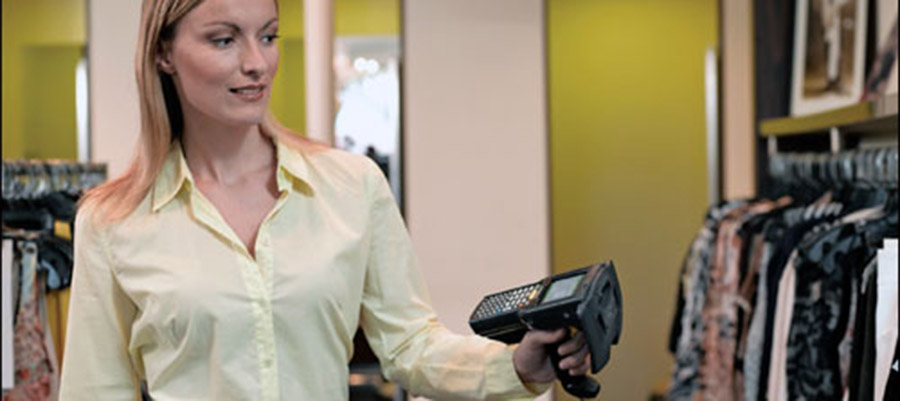Imagine the massive advantage gained when all you need to do is drop a jacket into the washing machine, and the jacket automatically communicates to it what type of washing, and drying, cycle needs to be used to keep your clothing in the best condition possible. This is just one of the many possible advantages offered by wearable clothing with their own RFID chips, which would allow them to communicate to a wide range of devices, from your cellphone to your washing machine. Designers would offer musical playlists, access to certain events where your clothes are your ticket, or even gifts worked out by cross promotional events with other manufacturers.
The chip might even allow you to view your closet from your phone, from anywhere in the world, so that you never end up buying the same piece of clothing twice, or allow you to match your wardrobe better by letting you know which of your clothing is clean, and which is in need of a wash. The various possibilities are extensive, and only limited by your imagination.
Currently, the availability of these clothes is very limited, but the future is bright, with Avery Dennison and EVRYTHNG, designers of the Bright BMBR, along with Rochambeau, plan to have 10 billion clothing wearables connected to the internet in the next year. For now, the technology is limited to very few individuals, with the Bright BMBR releasing with a very limited run of 15 jackets, coming in at a price of $630.
There is not much new with the basic technology here, since many of us have been wearing RFID chips in our wristbands, watches, glasses, and almost every cellphone out there, but the potential that these chips offer is quite varied, and has yet to be fully exploited.
The tags are already used in a limited fashion, mostly by a number of companies who employ them for inventory tracking. Some stores also use them to make the shopping experience more interactive, with mirrors responding to the RFID embedded into the clothing to show what sizes the item may be available in, or how it was crafted, allowing the customer to make a more informed decision when, or if, they decide to purchase the item, as well as seeing it worn by someone else.
Avery Dennison is at the forefront of this technology being brought to the customer, and it is their hope that with this jacket, the interest of other companies, and of the customer, will be peaked enough that advances in this field will start coming faster. But it is not entirely on the side of the clothing designers to make this technology work, as the RFID can only perform all of these tasks when it is in communication with something that can understand it. It is then to the appliance manufacturers to allow their products to detect the signals sent by the tag and act on it.
So if you are excited by this technology now, I wonder what your closet will look like in 20 years.
